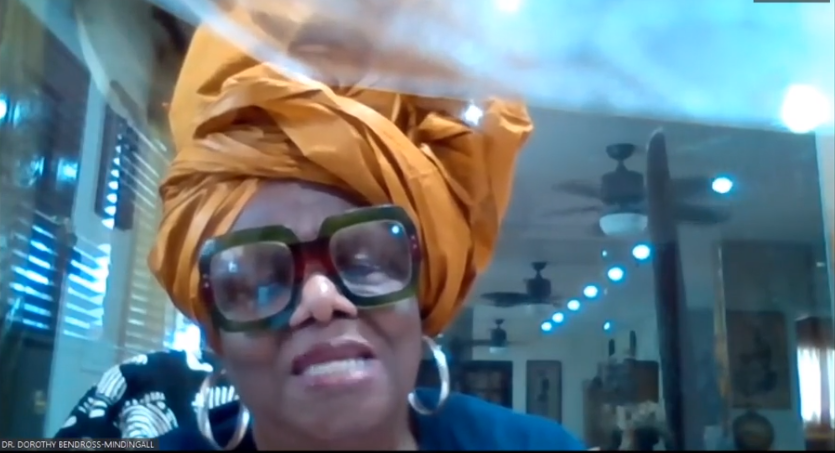
On June 10, 2020, Miami-Dade School Board members met to discuss adding anti-racism education to the district’s curriculum. This was introduced by Dorothy Bendross-Mindingall, who experienced racism firsthand in Miami-Dade County at 3 years of age, when the school board wanted to build an all-white school in her black neighborhood.
Afterwards, school board member Marta Perez commented, “This school district is a shining example throughout the years of inclusion in all matters. If there has ever been a wrong, we have stepped up and corrected it very quickly.”
There have been instances when the school board made situations right; however, to call it a shining example of inclusion is a bit of a stretch.
My family experienced three generations of racism and bigotry in this district firsthand.
My mother arrived in Miami in 1985 as a high school student. Immediate ostracization occurred when fellow classmates discovered she was Haitian. Often mistaken for Hispanic because of her skin tone, she bore the brunt of multiple bigotries.
For example, when she spoke Creole, vile words were spewed at her along with threats of violence for all three years of high school.
More than a decade later, my experiences were similar.
Classmates called me a “boat person” regularly. They asked if I “eat cat” or if my family does voodoo. Many of the children who taunted me came from a Latino culture where they themselves had had to deal with bigotry. Some comments came from adults, who should have known better.
People wondered out loud about my mother’s light skin compared to my darker tone.
“Are you adopted?”
“Why are you so dark?
“Where are you from?”
“You speak well for a Black girl.”
My mother advocated for me to get an education and become the successful Black woman I am today. That meant getting me into a magnet school, an hour away, and finding a job closer to that school. For high school, she applied for me to attend a charter school. When that didn’t work out, I was redirected to my zoned district school, which wasn’t a good fit, so she fought for me to attend a better school another hour away.
My sisters currently attend school in Miami-Dade County and the comments continue.
My eldest little sister submitted paperwork that clearly identified her as Black. Yet the school’s administrator changed it to white, because of her lighter skin tone.
“Where are you from?”
“Why are you so light?”
“Are you sure you’re Haitian?”
My mother must continue to fight for her daughters to make it in a world where Black children are too quickly funneled and categorized by systems, all while dealing with racism and bigotry.
An anti-racist education would help schools with students from multiple ethnicities and cultures, improving race relations between and among them.
In the words of Dorothy Bendross-Mindingall:
“Racism is a learned behavior, it’s taught, and as a school system, we also teach. Just like we teach students in the classrooms and in schoolhouses, we must also teach our students in the classroom of life. The ideals and ‘jokes’ children hear at home manifest as microaggressions and implicit bias from students and later teachers and in order for Black students in Miami and the United States to no longer be victims, there must be an education that has been missing from all schools, including Miami-Dade.”


